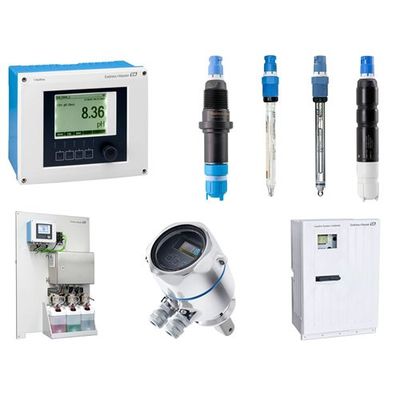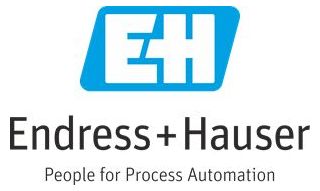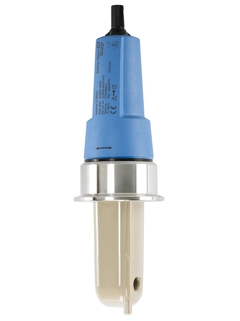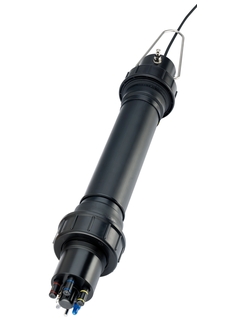Endress+Hauser Indumax CLS54
Liquid Conductivity Sensor

We ship
to United States of America

Item Number:
Indumax CLS54
Delivery standard: 3-6 weeks, depending on the country.
Condition: new
Contact our experts
- Overview +
- Comments +
Indumax H CLS54 Inductive conductivity sensor. Hygienic design. Specially designed for pharmaceutical, food and beverage applications.
Buy Endress+Hauser Indumax CLS54 with the best possible price and delivery terms on eltra-trade.com
Eltra Trade s.r.o. is a trusted online electrical distributor. Our catalog includes a comprehensive range of automation products from leading brands. We offer worldwide delivery and competitive pricing. Streamline your supply chain with our reliable services.
People also buy


Comments
No comments yet